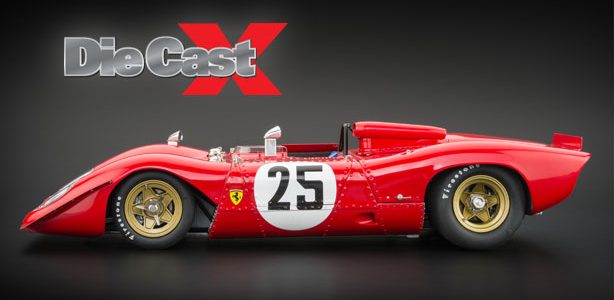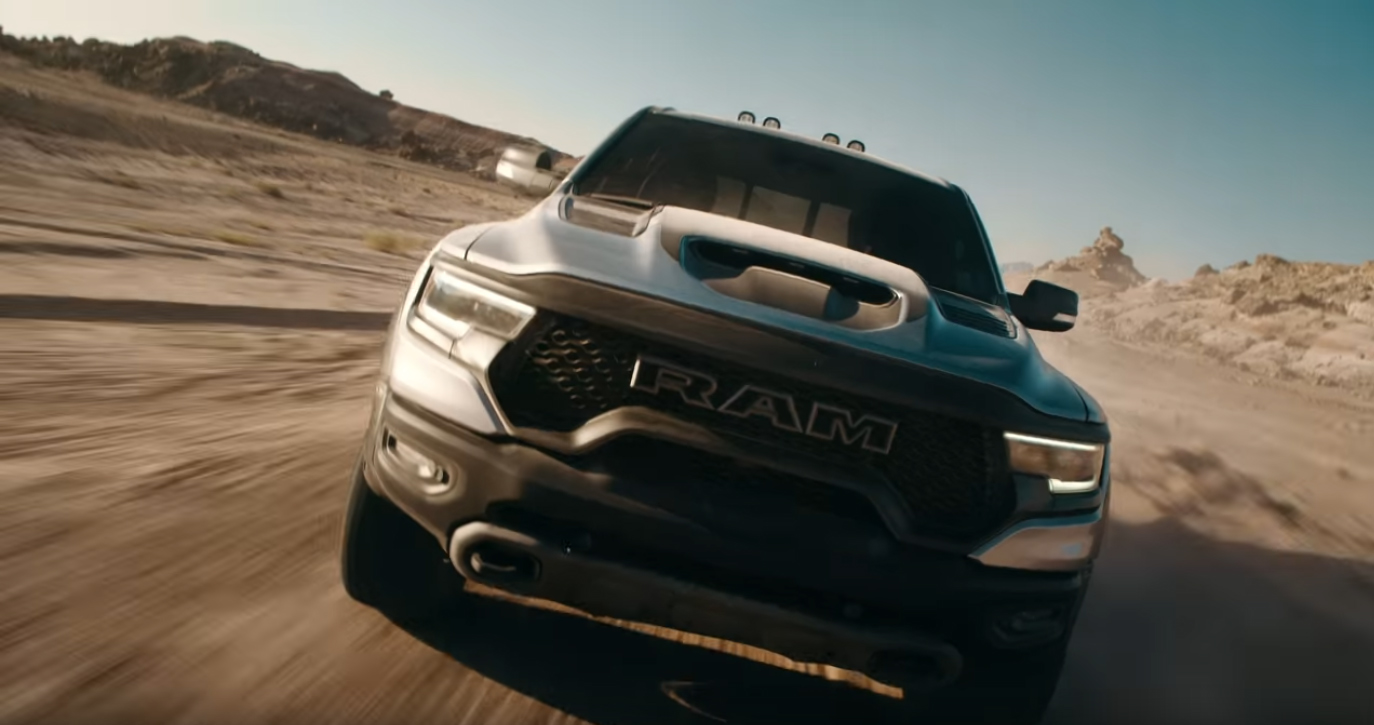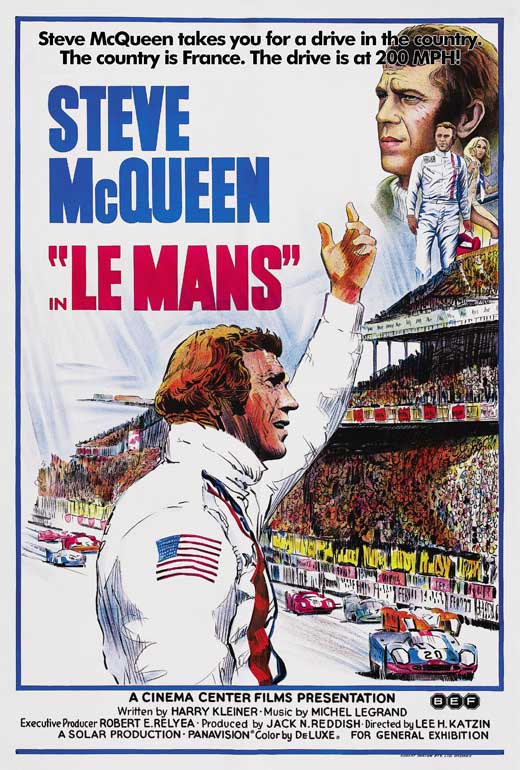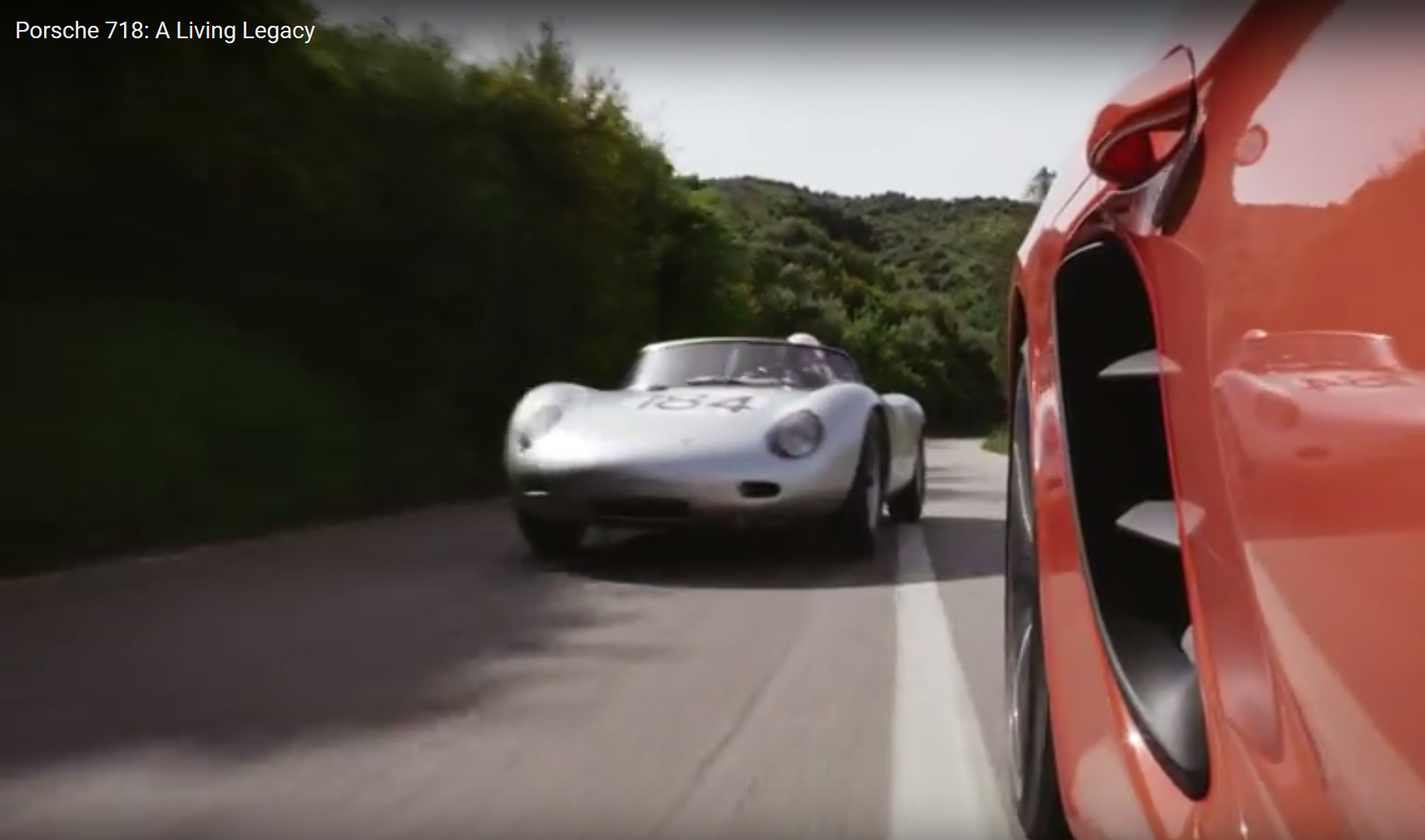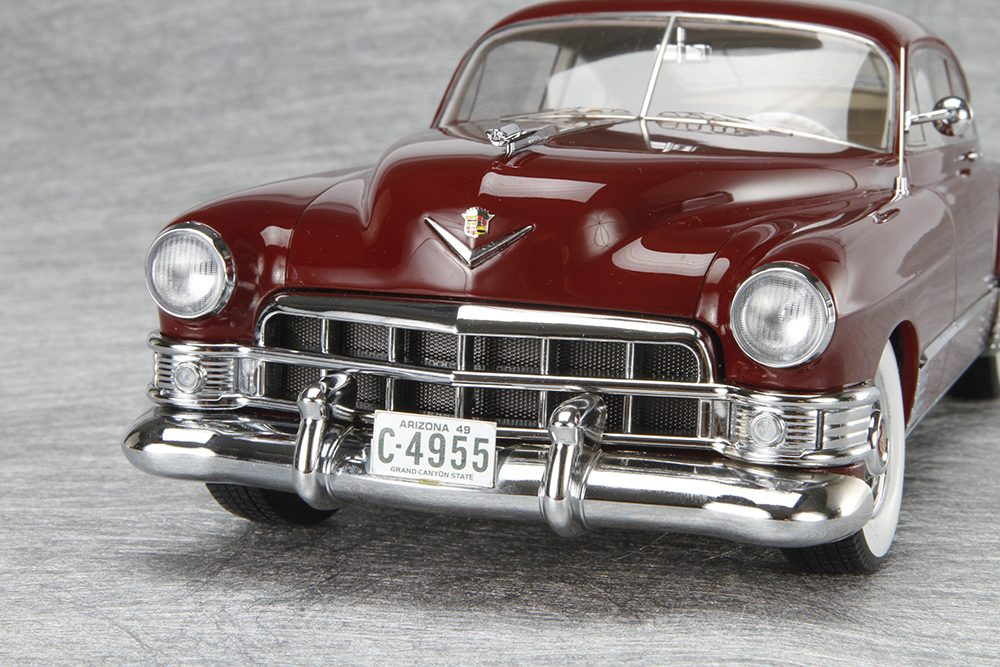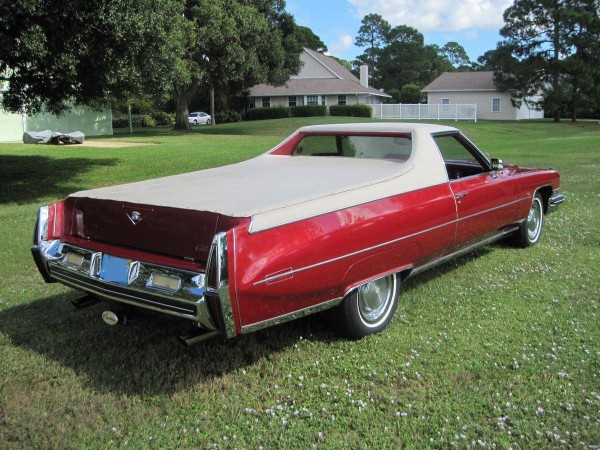![]()
 |
 |
| Because they were far more affordable, flat-nose second-generation Camaros are enjoying a renewed popularity at cruise nights and casual car shows. |
 |
| The peak of the first-gen Camaros was the 1969 model. This special SS orange over white Indy Pace Car version is one of the Camaro lines most sought after models. |
Ford introduced the Mustang in the spring of 1964, and in doing so, created an entirely new category of compact muscle car: the Pony Car. It took Chevrolet, Ford’s archrival, more than two years to return the serve and hit back with the Camaro. The companies volleyed the performance and styling attributes of the two cars for the rest of the ’60s. Monumental battles were waged on drag strips and the highly competitive Trans Am circuit. The two companies even saw the president of Chevrolet, Bunkie Knudsen, switch brand to become the head of Ford. But no matter what each brand promised, ultimately, the debate about which car offered better performance and style and had a cooler street presence was decided by the buying public. From 1967 to 1969, Ford’s Mustang sales outpaced those of Chevy’s Camaro by 397,000 cars.![]()
As the decade turned, the pony car war was waged with new, remarkable firepower: Chevrolet, Dodge, Plymouth and even lowly American Motors all debuted new models to square off against the redesigned 1969 Mustang. While the Boss Mustang of Parnelli Jones earned the Trans Am track crown, the Mustang began to lose street performance supremacy. Mustang sales were stronger, but high-performance Camaros increasingly paraded the streets. ![]()
Of the incredibly unique 1970 models offered to the public, the Camaro Z28’s overall street performance stood out. In fact, as an evolution from race car to street car, all the Z28s from 1967 to 1972 were superior to the competition. Heated debate rages over which year’s model is the best of the best. ![]()
Looked at objectively, the 1970 model offered the best of all worlds. With quick steering, sure-footed handling, excellent braking (for the times) and torque-twisting acceleration, the first of the second-generation Camaro Z28s packed a powerful punch.![]()
Some automotive pundits were critical of the ’70 Camaro’s two-inch-longer and half-inch-wider exterior dimensions. Others ripped Chevrolet for abandoning the 302 in favor of the LT-1 350 in the Z28. The exterior changes gave it a much needed sporty look and reduced drag with an inch less overall height and a smaller, backward-slanting windshield. ![]()
In the realm of international touring cars, the second-generation Camaroparticularly the Z28 versionwas an attempt to compete with the Europeans as the Corvette had done in 1963. The boxy, primitive lines of the ’67 to ’69 Camaro were exiled in favor of a longer nose, a sweeping roofline and smaller trunkall on the same wheelbase. ![]()
With progressive new lines came modifications to the Z28’s engineering, and they greatly improved its road-going manners. True, the Z28 was a rough-and-tumble street fighter that was most at home going straight, but it could also mix it up in the curves. Now, some 36 years later, how well has the Camaro stood the test of time? ![]()
Under the striped hood sits an LT-1 350 with solid lifters and 11:1 compression. Chevy had retired the 302 used in previous Z/28s because it was temperamental to tune, and it lacked the low-end grunt customers really wanted on the street. New racing rules for 1970 permitted teams to de-stroke larger engines to meet the Trans Am series 305ci displacement limit, so the LT-1 was picked up from the Corvette and installed in the Z28. In the Camaro, the LT-1 was listed at 360 horsepower using the gross ratings of the daya higher rated output than any other Camaro to date and 70hp more than the previous year’s. More important, with its solid steel crank and four-bolt main bearings, this engine was bulletproof, and it was substantially easier to tune. An M-22 Muncie four-speed transmission with a Hurst shifter channeled all that power to the standard 12-bolt Posi-traction rear end
.
| CAMARO-SPOTTERS GUIDE | |
| Quick, easy ways to ID 1967 to 69 Camaro Z/28s | |
| 1967 | Only Camaro with side-vent window wings. |
| 1968 | No wind wings or side body gills. |
| 1969 | Side body gills; side sheet-metal bodyline brows extend from the fender apexes. |
| Quick, easy ways to ID 1970 to 72 Camaro Z28s | |
| 1970 | Low-back bucket seats with separate headrests; low rear deck spoiler. |
| 1971 | High-back bucket seats with integrated headrests; three-piece rear deck wing; front fog lamps integrated into fascia on RS; shorter sun visors; international symbols on control knobs. |
| 1972 |
Three-point shoulder harness; split front grille insert on RS versions. |



